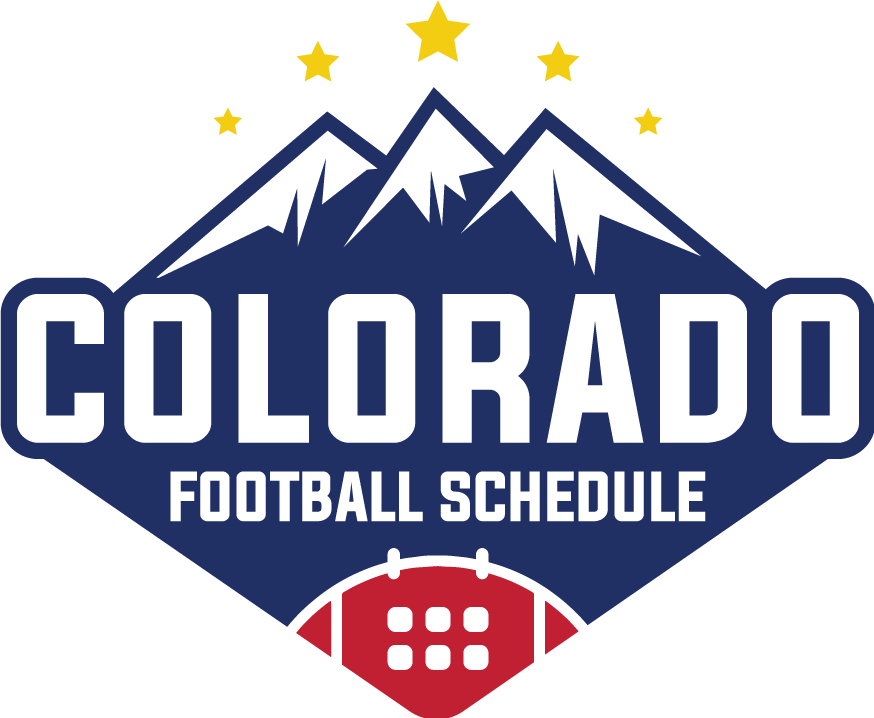Fantasy football lets you be the coach and general manager of an imaginary team built from real-life NFL players. Each week your lineup collects points based on how those players perform on the field. Most rosters have “fixed” spots—quarterback, running backs, wide receivers, tight end, kicker, and defense/special teams. A flex slot is the one place that isn’t tied to a single position. Think of it as your utility player in baseball or a wild card in a card game. The league rules decide which positions are eligible, but the idea is always the same: you get to choose from a small pool of positions rather than just one, giving you wiggle room and extra strategy.
Where the Flex Sits in Your Lineup
In the most common formats the flex can hold a running back (RB), wide receiver (WR), or tight end (TE). Some leagues expand the allowed positions; for example, an “R/W/T” flex plainly signals those three options. Others allow only RB or WR, or add a second flex so managers have two of those wild cards every week. A growing trend is the “superflex,” which lets you also start a quarterback in that spot. Because quarterbacks usually score the most points, a superflex league changes roster math in a big way—suddenly nearly every starting NFL quarterback is worth drafting.
The commissioner (the person who runs the league) sets the exact rules before the season kicks off. Always read that settings page; it spells out what you can slip into the flex.
Why Leagues Add a Flex
- Variety. The NFL has evolved into a pass-heavy league with plenty of usable receivers. Adding a flex allows managers to shine a spotlight on that depth.
- Fairness. Injuries and bye weeks can leave a roster thin. A flex slot gives everyone an emergency valve, making it less likely that a team is forced to start a low-scoring backup.
- Strategy. Drafts become more interesting when people can pivot. Do you load up on running backs because the position is scarce, or stack high-ceiling receivers? The flex ensures multiple draft paths can succeed.
- Higher Weekly Scores. More starters on the field means more ways to earn points. A flex boosts the fun factor because scoreboards light up.
Who Should You Place There on Draft Day?
Even casual players know the first round or two is about safe, high-volume stars. But the flex decision can influence how you draft the middle rounds.
- Balance vs. Scarcity. Running backs touch the ball a lot but supply is short. Wide receivers are plentiful yet week-to-week production can swing. If your league starts only two running backs plus a flex, many managers grab a third sturdy RB early so they can lock in safe touches for the flex all season.
- Upside Plays. Maybe you plan to shuffle the flex based on hot streaks and matchups. In that case you might draft extra receivers with explosive potential; a single long touchdown can win a week.
- Tight End Twist. Most tight ends score less than the top RBs or WRs, but a handful sit in an elite tier. If you draft one of those rare tight ends after you already filled the standard TE spot, planting your second stud tight end in the flex can create a weekly edge.
Draft day rule of thumb: Take the player you believe will score the most points, not the one who traditionally goes in that flex. It sounds obvious, yet many folks forget and default to running backs when a wide receiver projects higher for the season.
Managing the Flex During the Season
1. Keep It Open Until the Last Possible Moment
If you have players in different kickoff windows (Thursday night, early Sunday, late Sunday, Monday), start a Thursday player in his locked position, not the flex. That keeps the flex open for later swaps should late injury news surface.
2. Play the Matchup Game
Defenses vary. An average receiver facing the league’s weakest secondary might outscore your usual RB3 against a top run defense. Check weekly rankings or simple stats like points allowed to position.
3. Monitor Injuries and Workloads
A backup who steps in for an injured starter can be flex gold, especially at running back where volume is king. Be ready to pounce on waiver wires.
4. Weather and Game Script
Heavy rain can sap passing offenses, while dome games often feature more aerial yards. Also, think about the expected game script; an underdog might throw more in catch-up mode, boosting receivers.
How Scoring Settings Shape Flex Choices
Fantasy platforms offer several scoring styles:
- Standard (non-PPR). No bonus for catches. Touchdowns and yards rule. Running backs who rack up carries become more valuable, so many managers lean RB in the flex.
- Half-PPR or Full PPR (Point Per Reception). Every catch earns points. Slot receivers and pass-catching backs rise. A player like a third-down back who corrals eight short throws might outscore a power runner who gains similar yardage.
- Bonuses. Some leagues award extra points for 100 rushing yards or 40-yard touchdowns. Big-play receivers or workhorse runners gain steam accordingly.
- Superflex Scoring. Since QBs score the most and starters are limited to 32 in the NFL, any superflex roster practically demands you draft two starting quarterbacks, sometimes three. In those leagues, the flex becomes the centerpiece of draft strategy.
Double-check your settings before forming a plan—one point per catch can flip value charts on their head.
Common Missteps to Avoid
- Ignoring Bye Weeks. If all your running backs rest in Week 9, flex depth means little that Sunday. Balance your roster calendar in advance.
- Chasing Last Week’s Points Without Context. A wide receiver who just posted 120 yards could have benefited from a backup cornerback. Look at targets, snap counts, and upcoming opponent quality, not just the scoreboard.
- Overvaluing Touchdowns Alone. Scores swing weeks, but they are less predictable than usage. A back seeing 20 touches is usually safer than a gadget player requiring a long play to pay off.
- Stubborn Loyalty. Star players can slump. If the data shows a bench piece has a better matchup, pull the trigger. The flex encourages flexibility in thought; lean into it.
Five Quick Tips for New Managers
- Draft for Depth. Injuries happen. Having a solid bench gives you ready-made flex alternatives instead of scrambling on waivers.
- Use the Flex as Your “Upside” Slot When You’re an Underdog. Late Sunday, if projections have you behind, start a boom-or-bust player rather than a steady one. You need a swing for the fences, not a single.
- Block Your Rival. If you have room, claim a hot waiver that your opponent desperately needs for their flex. It weakens them while strengthening your choices.
- Check the News Each Morning. A surprise inactive can derail lineups. Keep your flex open so you can toss in a late-game replacement if required.
- Stack With Your Quarterback (in Superflex). Starting a QB and his top receiver gives you double points on every TD pass. This “stack” raises your ceiling, though it adds risk if the offense falters.
Draft Room Example
Imagine a 12-team, half-PPR league starting 1 QB, 2 RB, 2 WR, 1 TE, 1 flex (RB/WR/TE), plus kicker and defense. You pick at slot eight.
Round 1: You grab a workhorse running back.
Round 2: A top WR falls, you take him.
Rounds 3-4: You snag your RB2 and WR2, solid starters.
Round 5: Two elite tight ends remain; you secure one, filling the TE spot.
Round 6: The board shows a high-target slot receiver and a riskier RB handcuff. Since half-PPR boosts receptions and you already own two reliable backs, you choose the receiver as your flex starter.
Fast-forward to Week 4. Your RB2 has a bye while a handcuff you drafted is now starting for an injured teammate. You shift the handcuff into an RB slot and plug the backup receiver into the flex. The lineup stays strong without a trade or risky pickup.
That flexibility—pun intended—is exactly why the slot exists.
The Superflex Curveball
If your league’s flex includes quarterbacks, draft night turns into a race for signal-callers. After the elite eight to ten go in the first round, a mad dash often follows because starters dry up fast. Waiting too long can leave you rolling with a career backup or a low-ceiling option like a run-heavy gadget QB. In superflex:
- Quarterbacks Score Most. Even a mid-tier QB often outpaces an RB1.
- Scarcity Is Real. Only 32 starters exist, fewer if injuries hit.
- Late Breakouts Become Gold. If a backup seizes a starting job midseason, he’s an instant superflex starter and valuable trade chip.
Remember, though: superflex isn’t a must-have setting. Many casual leagues stick with classic flex rules, which maintain balance between positions.
Flex and Trade Value
Because the slot can accept multiple positions, it acts as a tiebreaker in trade talks. Example: You roster three star receivers but your running backs are shaky. Your league mate has RB depth but needs a WR2. Packaging one of your wideouts for their spare back helps both sides and lets you slide the new runner into flex most weeks.
Always weigh positional depth. A “fair” trade in raw points can still hurt if it leaves you thin elsewhere, forcing weak plays in the flex down the line.
Closing Thoughts
The flex position turns fantasy football from a rigid lineup puzzle into a dynamic, week-to-week strategy game. It rewards preparation yet stays friendly to beginners by giving them an escape hatch when injuries strike. Whether you favor pounding the rock with running backs, loading up on pass catchers, or diving into the quarterback-heavy waters of superflex, the flex slot is your playground.
Remember three simple guidelines:
- Know Your Rules. Positions allowed and scoring format guide every decision.
- Chase Volume First, Upside Second. Players who touch the ball more often usually give safer floors; sprinkle upside when you need a spark.
- Stay Flexible—Literally. Use the slot to adapt to news, matchups, and your league standings.
Master these basics, and your lineup will have the extra juice necessary to edge out opponents each Sunday. The flex spot isn’t just another box to fill; it’s the strategic heart of modern fantasy football. Make smart, informed choices there, and the rest of your roster will follow your lead toward that championship trophy.


Leave a Reply